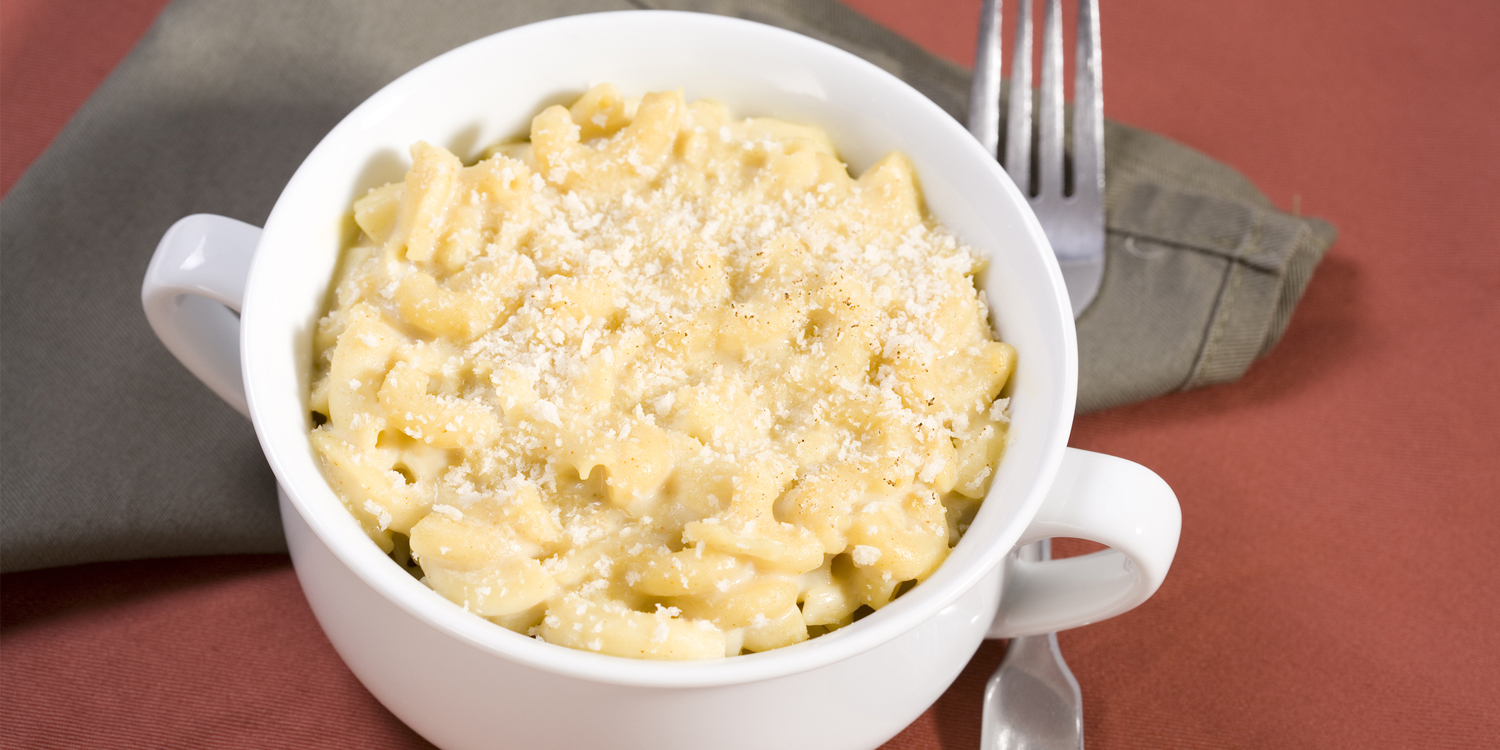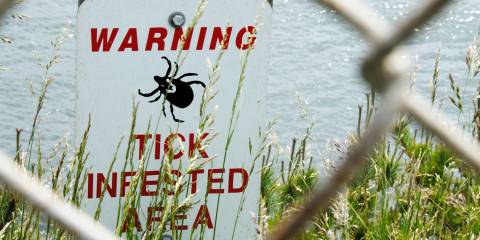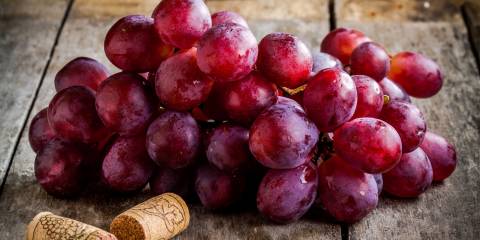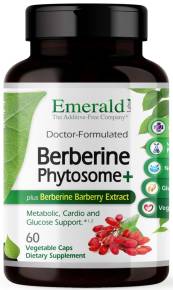I've long been curious about vegan cheese. Because "vegan" denotes an item made without animal products, I knew the main ingredient couldn't be milk.
Would vegan cheese be made with one of the nutmilks, or soymilk? Would it still be made with the enzyme rennet—vegetable-sourced, of course—salt, and possibly bacteria as culture (though I understand some vegans try to avoid microorganisms as well)?
A quick scan of products indicated that wasn’t the case. Vegan “cheese” products seem to be made largely of tapioca, various oils, water, vegetable protein, and flavorings, pressed together and formed into a pleasant cheesy shape.
Some of them even get good reviews.
But how would you make something like this yourself?
Making vegan cheese
I looked up some recipes and found a “sharp cheddar” recipe with slightly less-daunting ingredients than some other vegan cheese recipes. I say slightly less because the agar (or agar-agar) alone was more than $11 an ounce.
Agar acts like gelatin but is made from algae as opposed to the hooves and bones of animals. (My niece the biology major also uses it as a growing medium for bacteria in the lab.) Otherwise, cashews, spices, lemon juice—those were easy to manage.
So, sticker shock aside, I whirred this recipe up in the food processor (which is really almost the whole job), poured it into a loaf pan to refrigerate, and wondered: How could THAT taste like CHEESE? It hadn’t gelled yet, and was an orangy-tan color with red speckles.
Well, it didn’t taste like cheese, but taste tests in the office were favorable. Even a youngster who couldn't yet speak her review offered the equivalent of a thumbs-up. But none of the reviewers saw the product’s resemblance to cheese. It’s more like a fresh-tasting pâté that goes great with veggies or toast points or crackers.
And, dare I say it?
Maybe some cheese. Perhaps a nice cheddar.




